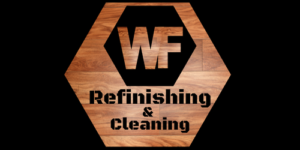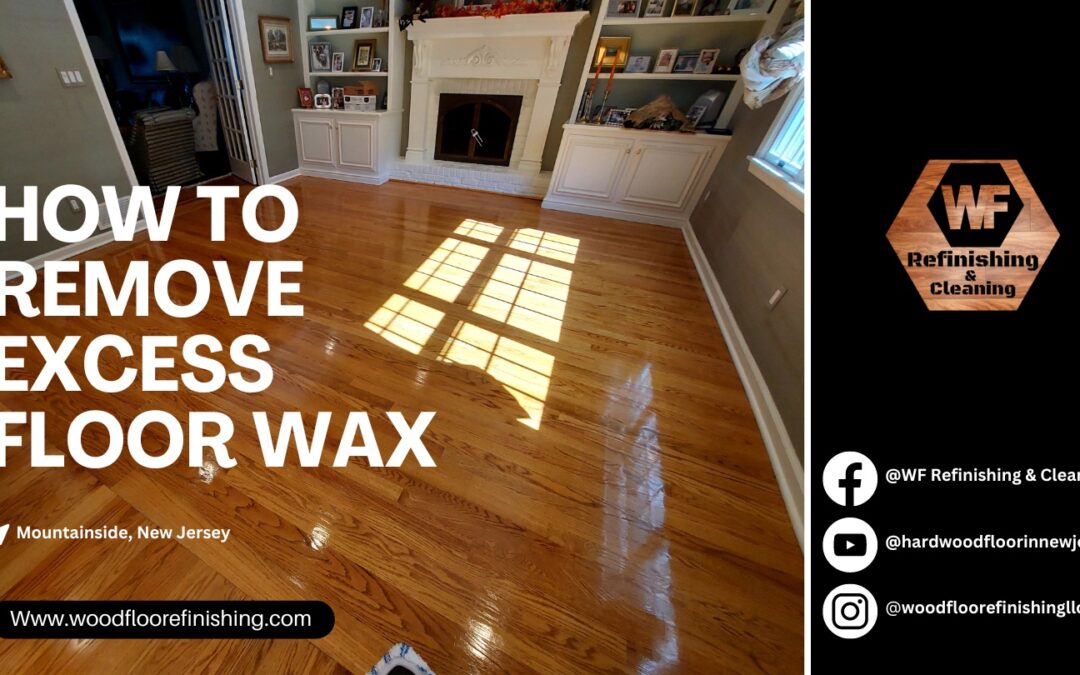Steps to Choosing the Right Wax Remover
- Identify Your Floor Type
Start by knowing the material of your floors (e.g., laminate, hardwood, tile). Different surfaces need specific treatments to avoid damage. - Avoid Harsh Chemicals
Look for a wax remover that doesn’t contain ammonia or laundry detergent, which can damage your floors. Choose gentler solutions for delicate surfaces. - Consider Buildup
For heavy wax buildup, go for industrial-strength products. For lighter buildup, a standard wax remover or even a DIY solution (like vinegar and warm water) might suffice.
Simple Wax Removal for Different Floors
1. Laminate Floors
- Scrape off excess wax with a plastic scraper.
- Clean using a mix of warm water and vinegar (¼ cup vinegar to 1 gallon of water).
- Wipe and dry thoroughly.
2. Hardwood Floors
- Use mineral spirits and a soft cloth.
- Wipe gently following the wood grain and dry immediately to avoid moisture damage.
3. Tile Floors
- Scrape off wax with a plastic scraper.
- Clean with a pH-neutral cleaner and rinse with clean water.
Quick Tips to Prevent Wax Buildup
- Use cleaners made for your specific floor type.
- Regularly clean to avoid wax buildup.
- Avoid using too much product during cleaning.
By choosing the right wax remover and following these simple steps, you can keep your floors looking clean and beautiful without damaging them.
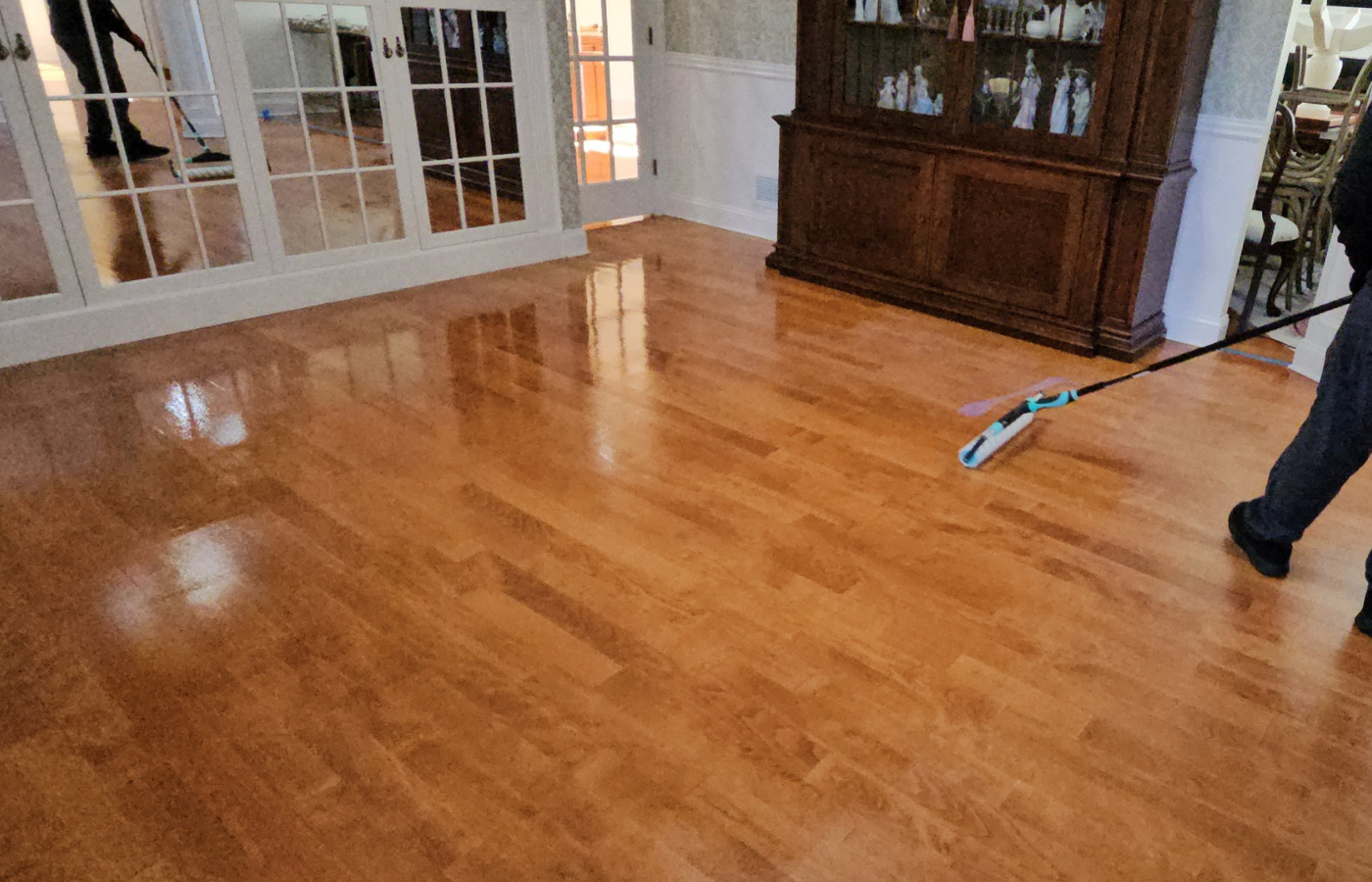
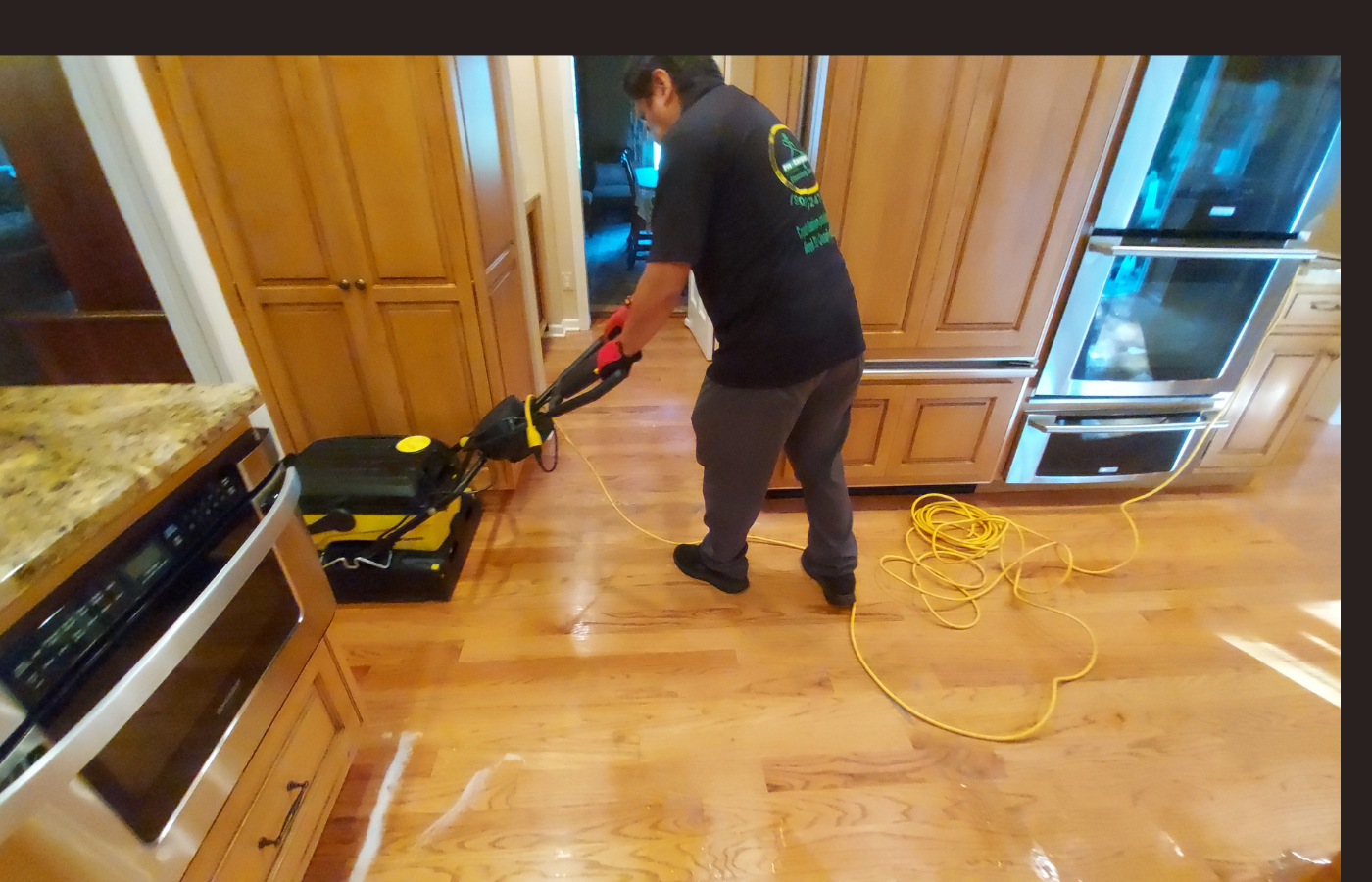
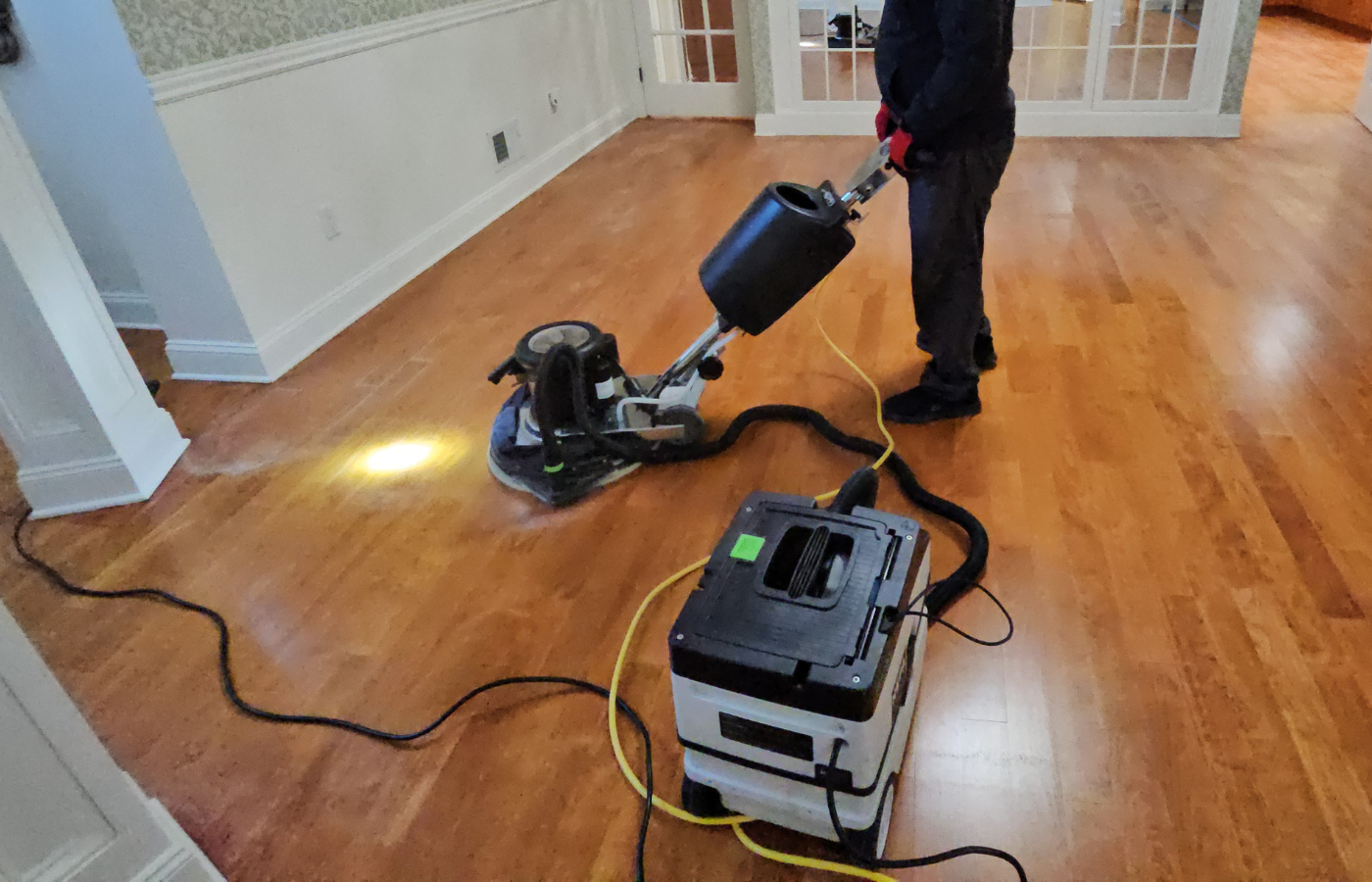
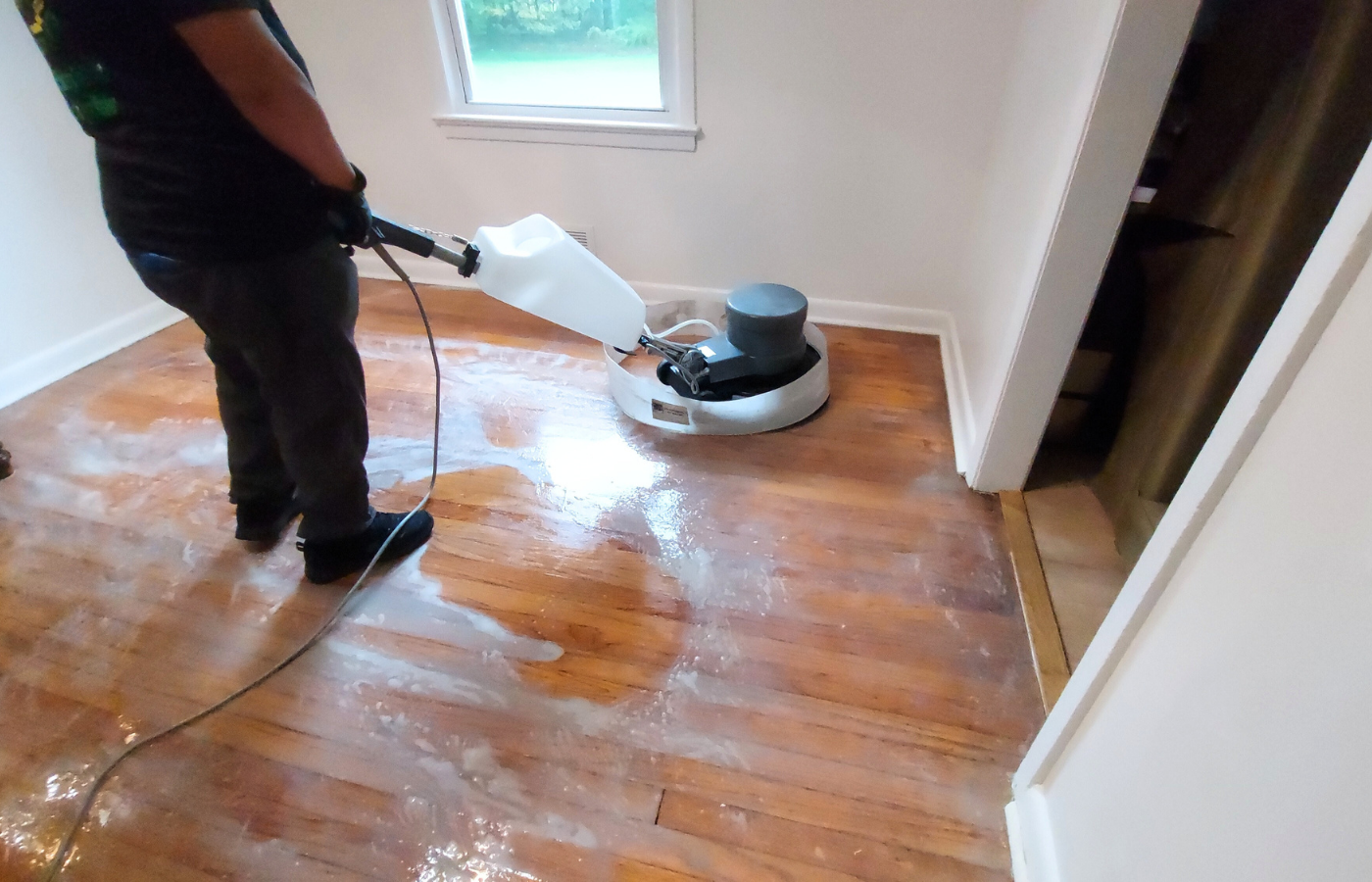
Floor Cleaning Topics:
- Steam Carpet Cleaning -Summit NJ
- How to dry carpet after cleaning
- How to get rid of odor in carpets
- Basement water damage -steam carpet cleaning
- Lear how to clean wood floor
- How often should I clean my carpet?
- Best Homemade carpet cleaner
- Hotel Carpet Cleaning
- Our Expertise in High-Traffic Areas ( Hotels, Apartments buildings…)
- Expert Commercial Carpet Cleaning Services
Is it better Shampoo or steam cleaning?
Steam cleaning stands out as a supremely effective method, owing to its advanced technology and integrated machinery. Moreover, the infusion of hot water and cleansing agents ensures a swift and thorough penetration into upholstery, surpassing the efficacy of traditional shampooing techniques.

